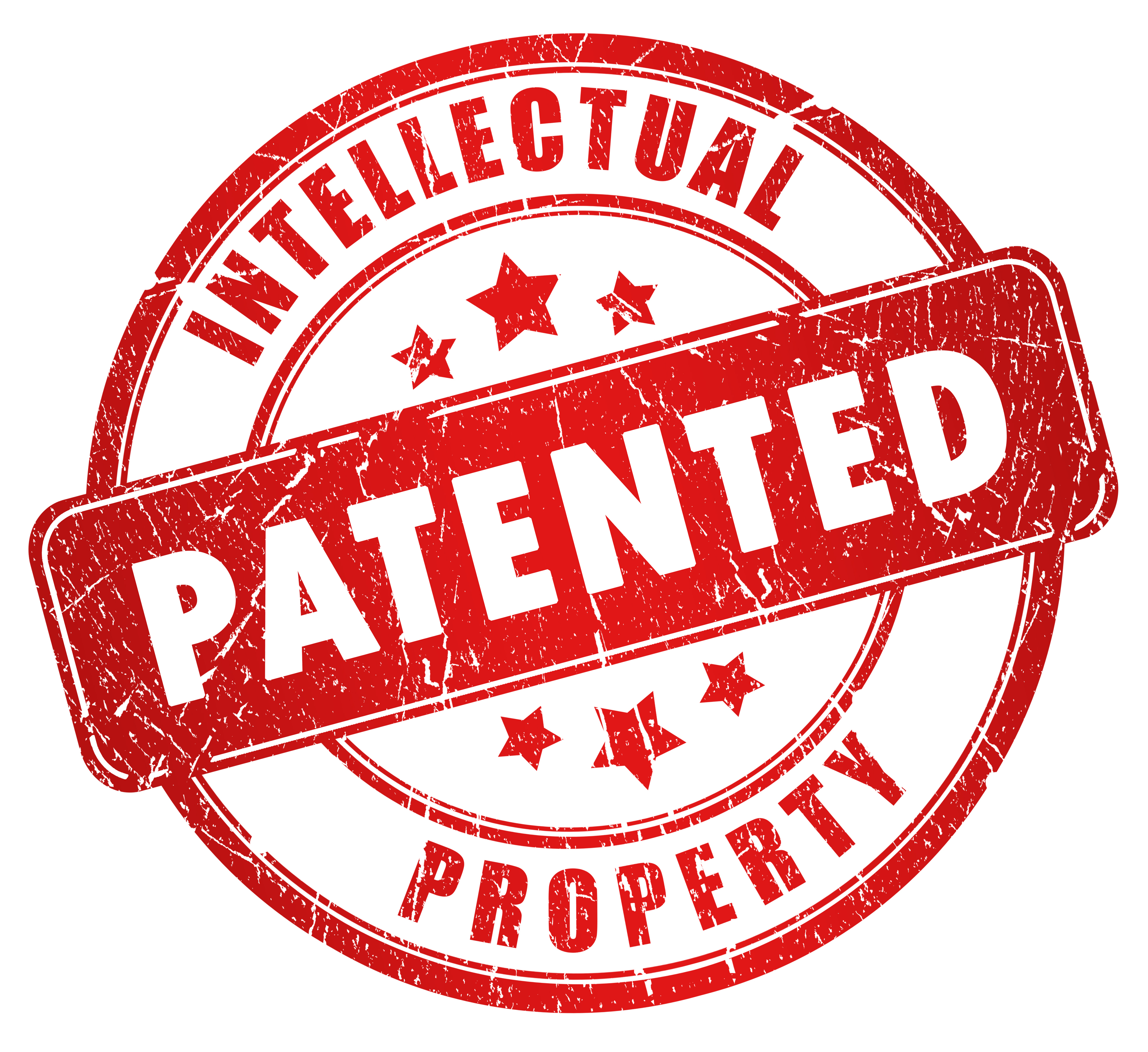Invention, Intellectual Property and Business Models
What is Intellectual property?
Intellectual property that will be referred as IP is protected in law by, for example, patents, copyright and trademarks, which enable people to earn recognition or financial benefit from what they invent or create. By striking the right balance between the interests of innovators and the wider public interest, the IP system aims to foster an environment in which creativity and innovation can flourish.
Types of Intellectual property?
Copyright:
Copyright is a legal term used to describe the rights that creators have over their literary and artistic works. Works covered by copyright range from books, music, paintings, sculpture and films, to computer programs, databases, advertisements, maps and technical drawings.
Patents:
A patent is an exclusive right granted for an invention. Generally speaking, a patent provides the patent owner with the right to decide how - or whether - the invention can be used by others. In exchange for this right, the patent owner makes technical information about the invention publicly available in the published patent document.
Trademarks:
A trademark is a sign capable of distinguishing the goods or services of one enterprise from those of other enterprises. Trademarks date back to ancient times when craftsmen used to put their signature or "mark" on their products.
Industrial Designs:
An industrial design constitutes the ornamental or aesthetic aspect of an article. A design may consist of three-dimensional features, such as the shape or surface of an article, or of two-dimensional features, such as patterns, lines or color.
Geographical indications:
Geographical indications and appellations of origin are signs used on goods that have a specific geographical origin and possess qualities, a reputation or characteristics that are essentially attributable to that place of origin. Most commonly, a geographical indication includes the name of the place of origin of the goods.
What is a Business Model?
A business model is the way in which a company generates revenue and makes a profit from company operations. Analysts use the metric gross profit as a way to compare the efficiency and effectiveness of a firm's business model. Gross profit is calculated by subtracting the cost of goods sold from revenues.
What is a license?
A license is an official permission or permit to do, use, or own something (as well as the document of that permission or permit).
A license may be granted by a party ("licensor") to another party ("licensee") as an element of an agreement between those parties. A shorthand definition of a license is "an authorization (by the licensor) to use the licensed material (by the licensee)."
List of Licenses:
Apache License, 2.0.
GNU General Public License (GPL).
MIT license (MIT).
Mozilla Public License 2.0.
Eclipse Public License.
IBM Public License.
You may look on the list of licenses Here
MIT license
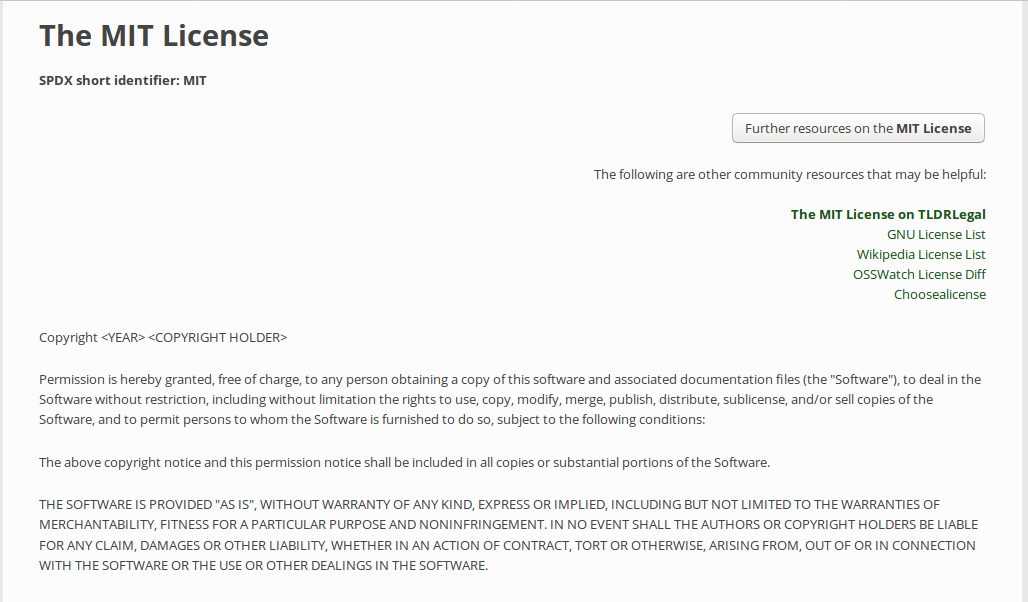
Based on the License description. The owner is making his piece of work exposed to anyone who need to modify and improve, I believe this will evolve the technology instead of reinvent the wheel every time. Moreover, any modifications or enhancements done the license holder will not be held responsible for that action.
Creative Common license
Creative Commons will be referred as CC is a nonprofit organization that works to increase the amount of creativity (cultural, educational, and scientific content) available in “the commons” — the body of work that is available to the public for free and legal sharing, use, re purposing, and remixing.
How Does Creative Commons Work?
CC provides free legal tools that give everyone from individual creators to major companies and institutions a way to pre-clear usage rights to their work that they want to copyright. CC licenses let people easily change their copyright terms from the default of “all rights reserved” to “some rights reserved.” CC license are not an alternative to copyeight they apply on top of copyright. CC collaborated with copyright experts all around the world to ensure that their licenses work globally.
Type Of licenses
Below is brief description about the differences in the licenses in CC:
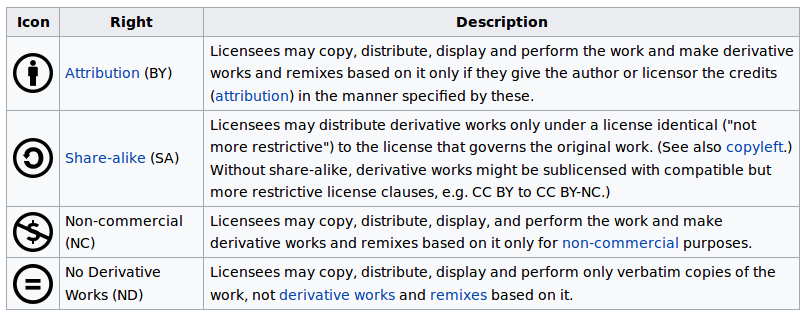
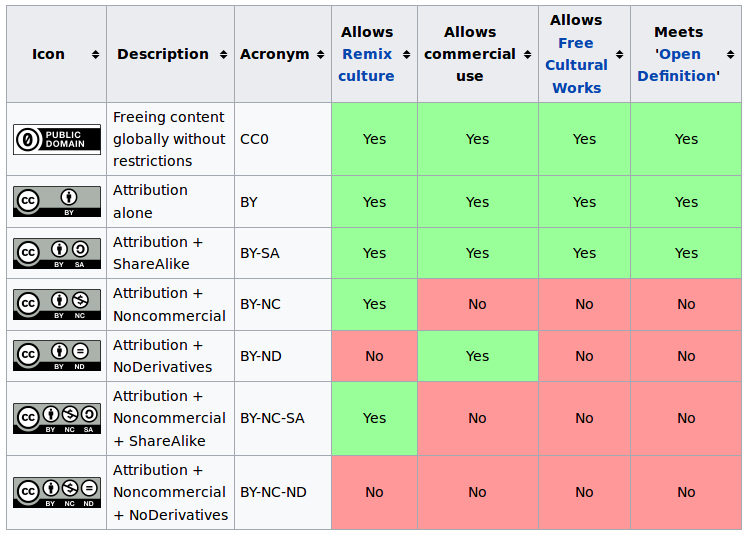
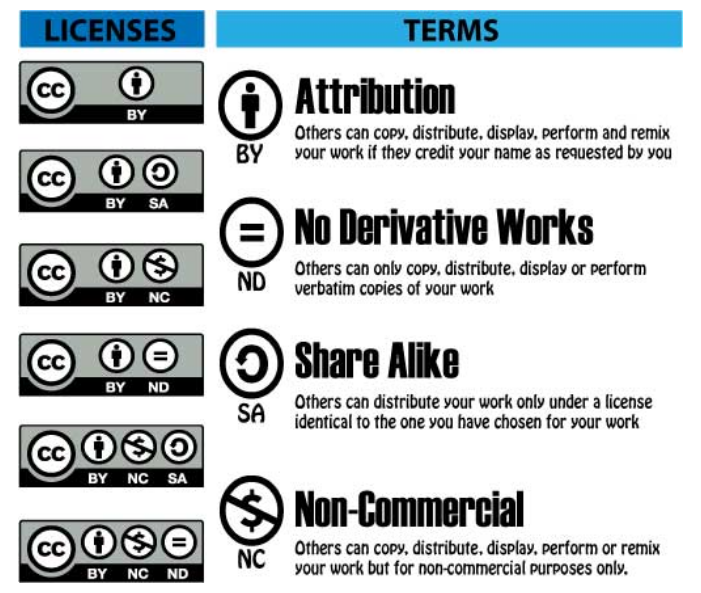
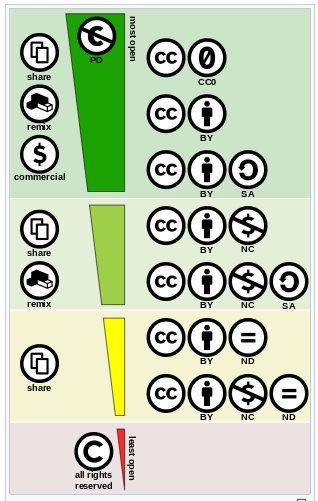
For further details in regards the types of CC licenses please refere Here .
Dissemination The Project
Since my project is still a prototype with a lot improving possibilties, it is early to think of making moeny out of it. Moreover, It would be a shame not to spread the idea for the poeple who really need this service. Beside FabAcademy will host my data and help spreading the idea by being puplic it self.
In addition, since i am using open source in empleminting my project. Therefore, I will use Creative Common and:
1) Allow poeple to copy, distribute, display, and perform the work while crediting my name.
2) Allow licensees to copy, distribute, display, and perform the work based on it only for non-commercial purposes.
3) Allow licensees to copy, distribute, display and perform only verbatim copies of the work, not derivative works and remixes based on it.
Based on the points mentioned above, i will be using:
1) Attribution (BY).
2) Non-Commercial (NC).
3) No Derivative Works (ND).

